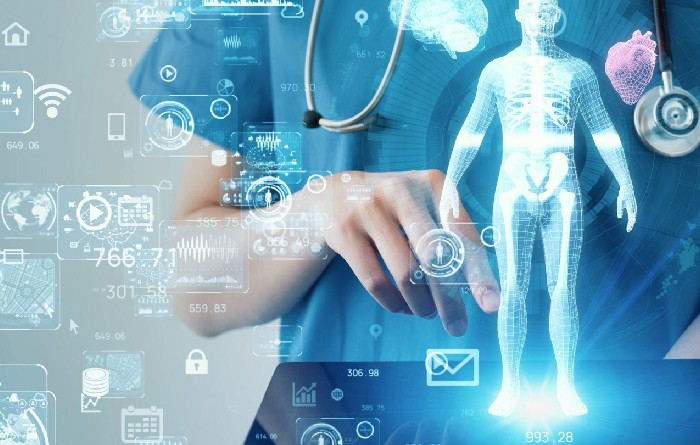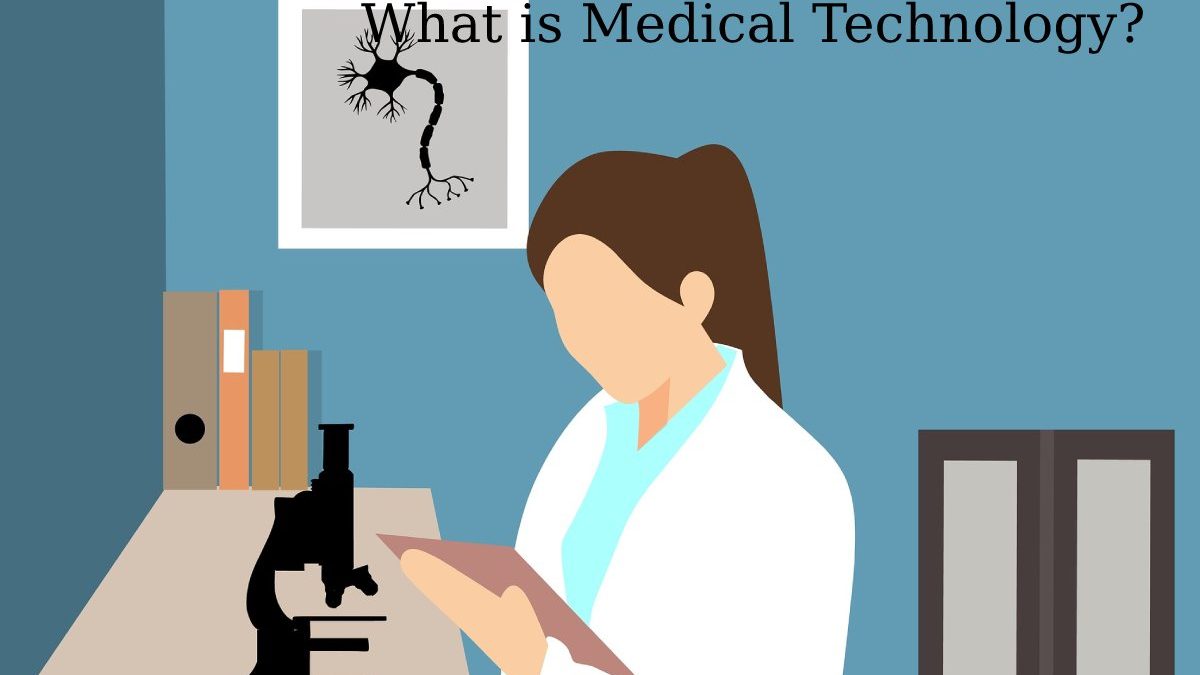Medical technology is an area of knowledge complementary to the health sciences whose purpose is to carry out research procedures, diagnoses, and treatment of various diseases under the surveillance and supervision of the treating physician.
A profession within the health branch involves professionals trained in technological advances to apply them to medicine and health sciences. This profession contains studies such as bachelor’s degrees and the study of the degree itself that carries the title of a medical technologist.
The area of knowledge covers the study and research that aims to apply different technologies to improve people’s health during their diagnosis, development of the disease, and used treatment.
Table of Contents
Medical Technology: A Bridge Between Medicine and Technology
As a specialized field, medical technology unites different engineering sciences with medical subject fields such as diagnosis, therapy, nursing, and rehabilitation of sick or healthy people. The technical knowledge serves to develop on a practical level in specific areas and optimize the corresponding treatment methods. In this context, medical technology develops devices, products, and technical processes. Principles, rules, and knowledge from technologies such as microsystems technology and nanotechnology are also used in research and development. Also, the influence of optical technologies and information and communication technology on medical technology is continuously growing.
Fields Of Medical Technology
Medical technology and medical devices cater to a broad spectrum of fields of application and tasks. Thus, in diagnostic imaging, magnetic resonance imaging (MRI), radiographic procedures such as computed tomography (CAT) and mammography, and classical ultrasound in medical technology devices, are use, among others. Among the so-called medical products are, for example, cardiac pacemakers, dialysis machines and infusion pumps, as well as visual aids and different implants and prostheses. The products mentioned are part of the hospital technology that deals with medical devices within the hospital. Other fields of application in medical technology are tissue or tissue engineering (“Tissue Engineering”), the creation of artificial organs and medical informatics. The latter covers the collection, representation, administration, storage and application of data from a medical point of view. Among the most advanced fields is the operating room.
Medical Technology Groups Different Specialities
Clinical laboratory. Clinical laboratory activities are carried out by bioanalysis professionals supported by staff who work as laboratory assistants who carry out different activities, including taking samples, executing tests, staining slides, and handling and sample arrangement. Also, they must implement biosecurity standards to protect themselves from the chemical and biological risks they are commonly exposed to.
Radiology and Images
In this area, radiology technicians work, who carry out the preparation of the patient and take images. Such as radiography, tomography, magnetic resonance, bone densitometry, gamma, and ultrasound. These personnel usually have well-defined work rules since they are exposed to radiation.
Optometry
Optometrists are technical personnel dedicated to identifying vision disorders relate to refractive errors and their correction by fitting corrective lenses. They can also carry out procedures such as determining eye pressure and screening for pathologies such as color blindness.
Examples Of Medical Technology
Imaging
Imaging, which contains radiology (with techniques such as X-rays ) and tomography, radiographs. And magnetic resonance imaging is the medical area that uses the work of radiotherapists to study different images of the human body.
Clinical Analysis
Clinical tests and the research laboratory where they are achieved are perhaps the clearest examples of technological developments in medicine.
Surgery
Surgery is a different area that has made great strides in improving people’s health. From time immemorial, doctors and surgeons had to open the patient’s skin with a scalpel to help the patient.
Pathological Structure
Within the clinical investigation, there is an area called Pathological Anatomy Laboratory. It is made up of pathology technicians (cytotechnologists) and pathology doctors who are responsible for analyzing tissue samples to determine if there is an anomaly in it or not.
Research and Development in Medical Technology
On an economic level, the central characteristics are the intense interconnection of products and benefits and the process of international standardization of medical technology. Added to this are enormous state framework conditions that must protect patients and entities responsible for the costs and manufacturers and specialized personnel. An essential characteristic is a high proportion of research within the sector, which is above average.
Both companies and manufacturers in the medical technology sector. Their technical components invest heavily in research and development so the industry average is almost 10% of turnover. This statistic is based on the ever-increasing need in the future for high-tech devices that make a crucial element of the industrial health economy.
Medical Technology Types
There are many types of medical technologies, some of which include:
Diagnostic technologies help doctors and healthcare providers diagnose diseases and conditions. Examples include medical imaging (e.e. X-rays, MRI, CT scans), blood tests, and genetic testing.
Treatment technologies: These technologies are used to treat medical conditions. Examples include surgical instruments, chemotherapy drugs, radiation therapy, and medical devices such as pacemakers and insulin pumps.
Assistive technologies: These technologies help people with disabilities or impairments to perform activities of daily living. Examples include hearing aids, prosthetic limbs, and mobility aids such as wheelchairs and crutches.

Information technologies are used to store, manage, and transmit medical information. Examples include electronic medical records (EMRs), health information exchange (HIE) systems, and telemedicine technologies.
Rehabilitation technologies: These technologies help patients recover from injuries or illnesses. Examples include physical therapy equipment, speech therapy devices, and occupational therapy tools.
Monitoring technologies are used to monitor patient health and vital signs. Examples include heart rate, blood pressure, and glucose monitors for diabetes management.
Research and development technologies are used to conduct medical research and develop new treatments and therapies. Examples include laboratory equipment and technology used for clinical trials.
Conclusion
Many factors influence Along with doctors and surgeons who investigate new healing methods, and health policies. Which set the framework conditions, it is above all engineers who give dynamism to the specialized field of medical technology. Also with innovative technologies, they lead in shaping the progress of diagnosis, therapy and all other sub-disciplines of medical technology.

